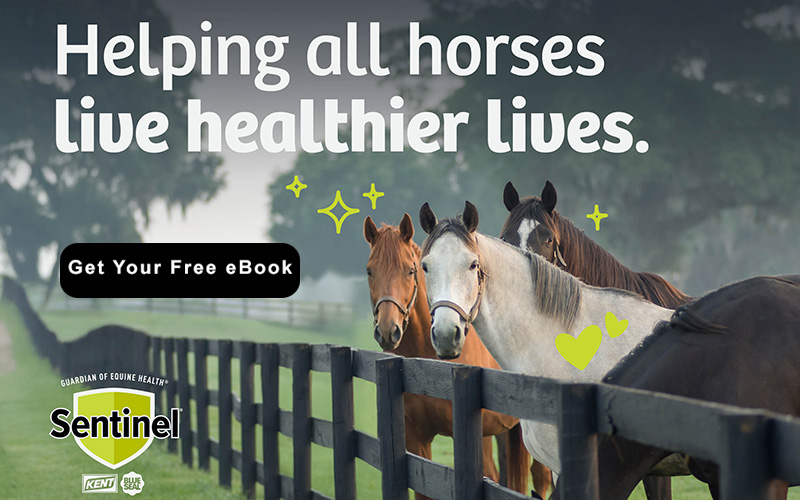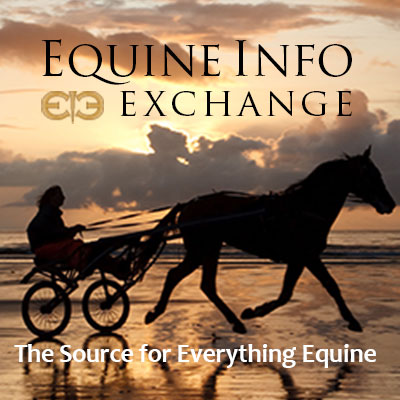Health & Education
We all want the best care possible for our horses. The Heath & Education section covers both Learning Institutions, Organizations as well as many sources for equine assistance including Veterinarians and Farriers.
For those who want a to formally study horses, the Education section includes College Riding, Equine Studies, and Veterinary Schools. Learn about the wide variety of horses in the Horse Breeds section. Supplements and Treatments Therapy are also included in the section.
Everyone can learn from Fine Art and there are some specialty Museums that might surprise you.
Horses as a therapy partner enrich the lives of the disabled. These facilities are listed in our Therapeutic Riding section. To help children and young adults build confidence and grow emotionally, please see the resources available on the Youth Outreach page.
Looking for a place to keep your horse? You can find it in the Horse Boarding section. Traveling? Find a Shipping company or Horse Sitting service if your horse is staying home!
Want to stay up to date with the latest training clinics or professional conferences? Take a look at our Calendar of Events for Health & Education for the dates and locations of upcoming events.
Do we need to add more? Please use the useful feedback link and let us know!
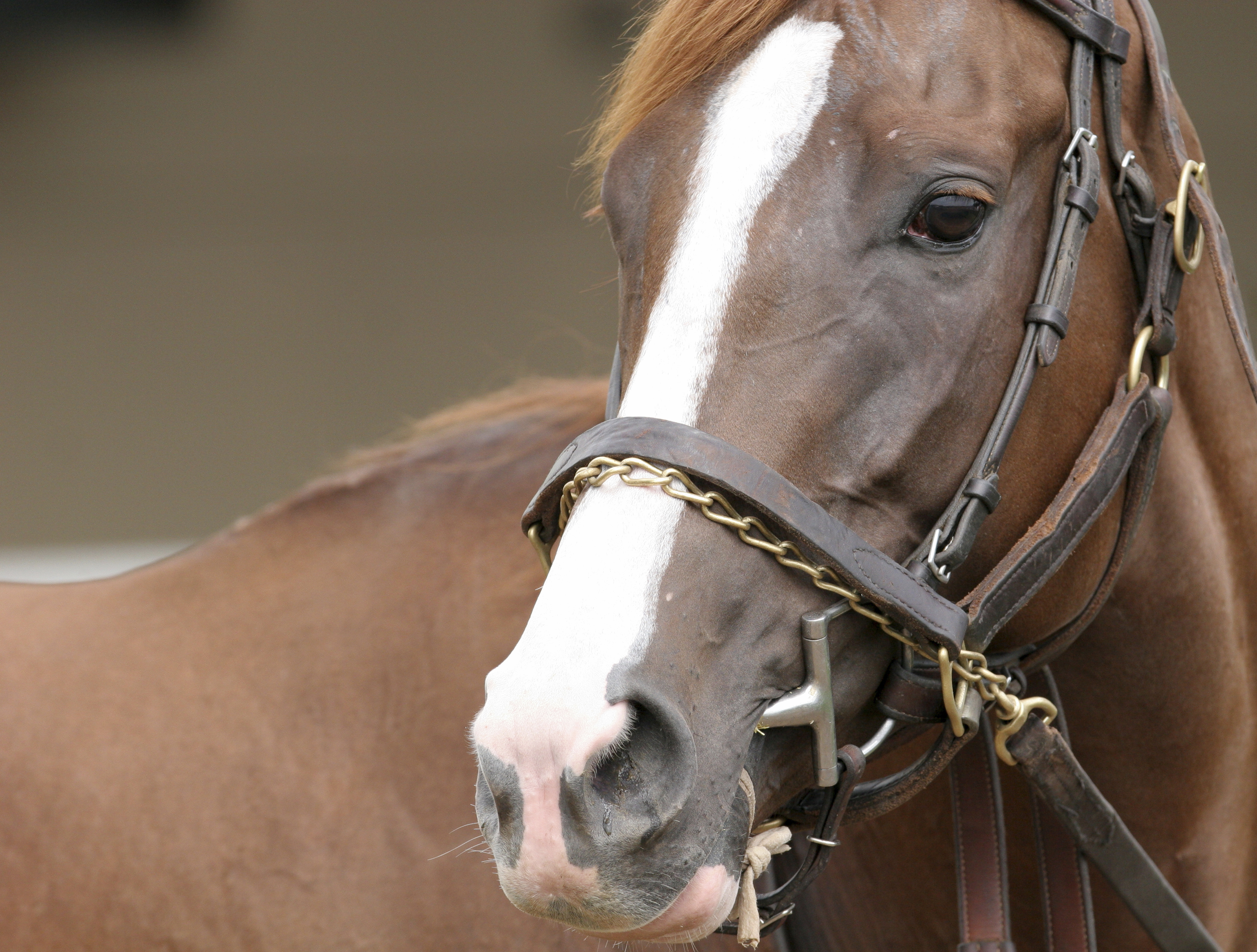
by Valley Vet Supply
It’s time for spring deworming – have answers to any FAQs with this article.
Equine deworming is a critical part of overall equine wellness. It’s also a rather technical part of your horse’s wellness program. With this in mind, by working with our veterinarians and founders, Drs. Arnold Nagely and Ray Shultz, we bring you a comprehensive Q&A about all things equine deworming.
Q: What risks do parasites present to horses?
Parasites rob horses of nutrition, energy and overall wellness. When left untreated, parasites can cause critical damage to a horse’s vital organs, impair their growth, hinder their performance and even cause colic.
Q: When is the best time to deworm my horse?
American Association of Equine Practitioners (AAEP) parasite control guidelines recommend deworming when parasite levels can be at their highest, during the spring and fall. Treatment for bots and tapeworms should be timed to coincide with the end of the fly season for bots and the end of pasture season for tapeworms, typically late fall or early winter. For best control, look to ivermectin/praziquantel or moxidectin/praziquantel deworming combinations.
Read more: Deworming Your Horse? Reference this Comprehensive Q&A
The Cornell University Animal Health Diagnostic Center (AHDC) has seen a rise in the diagnosis of equine enteric coronavirus cases since initial outbreaks were investigated starting in 2010. The AHDC Veterinary Support Services veterinarians are attributing this increase in equine enteric coronavirus in our area of the Northeast to improved awareness of the disease and therefore diagnostic submissions. Since 2013, nearly 2000 samples have been submitted to the AHDC for equine coronavirus testing, of which approximately 18% have tested positive.
Overview
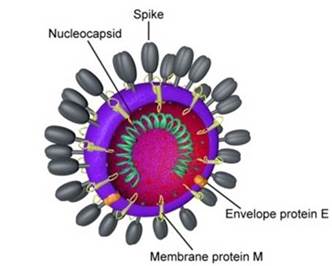
Coronaviruses comprise a large group of RNA viruses that can cause both respiratory and enteric signs of disease in various species. They are further grouped based on genetic and serologic differences into alpha, beta and gamma coronaviruses. The equine coronavirus, a beta coronavirus, has been recently isolated from a number of outbreaks across the United States, Europe and Japan, with its rising incidence being associated with increased awareness and testing. Equine coronavirus manifests as an enteric disease in the horse. Seroprevalence of equine coronavirus in the Unites States has been estimated at 9.3% (Kooijman et al., 2017).
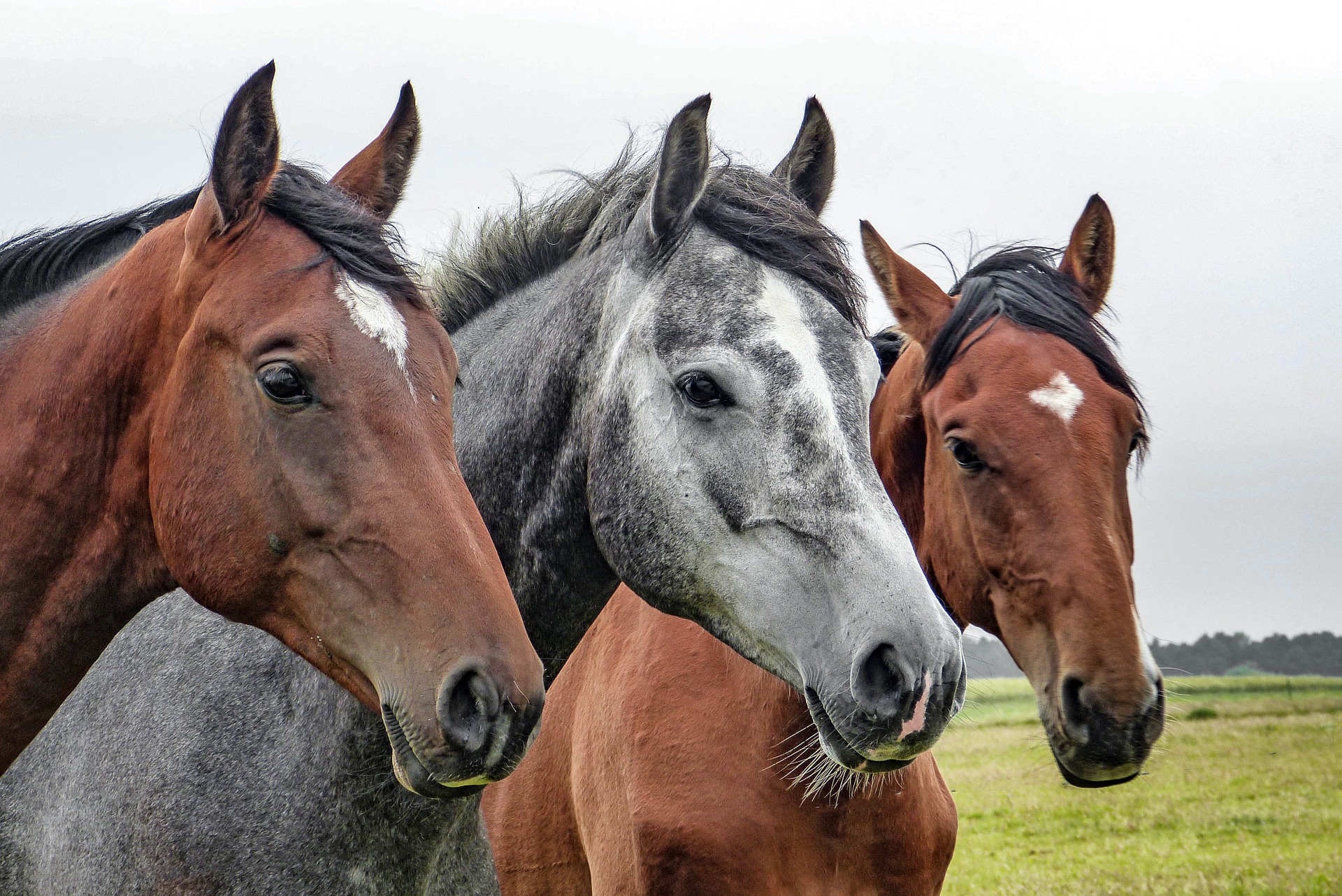
by Valley Vet Supply
Every horse deserves to be protected against equine diseases through vaccinations. Are you aware of the core and risk-based equine diseases that could be threatening your horse’s health?
Learn about core equine diseases. Every horse, every spring deserves to be protected against the five core equine diseases, which include: Eastern equine encephalomyelitis (EEE) and western equine encephalomyelitis (WEE), Rabies, Tetanus and West Nile Virus.
Read more: Is Your Horse Protected Against These Disease Risks?
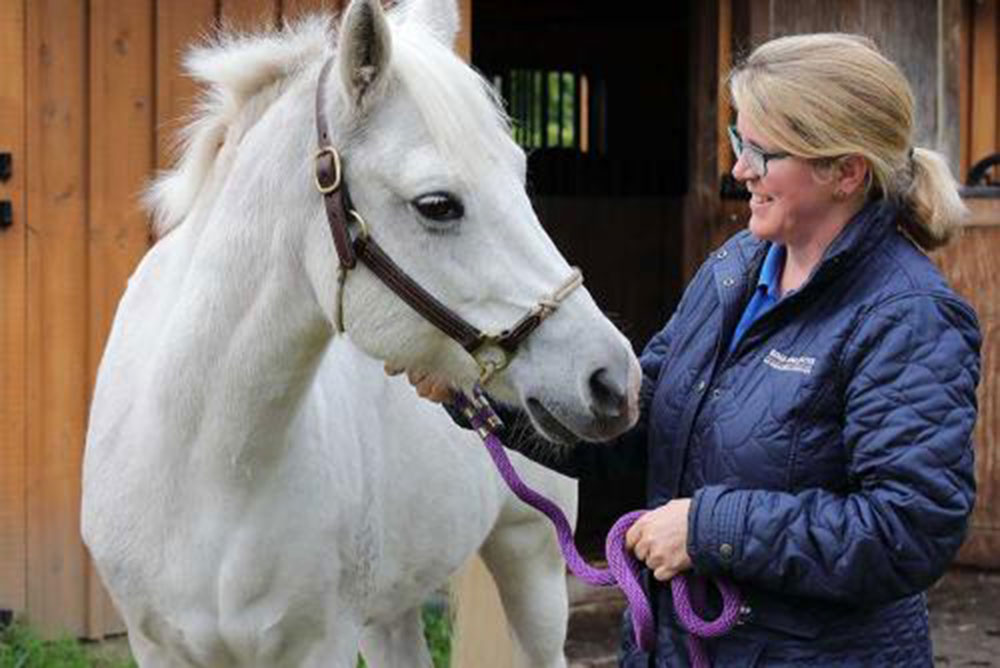
In the spring of 2019, four women with trauma histories visited a small farm in Lexington, Massachusetts, to try a new type of therapy. These sessions turned out to be quite a change of pace from typical group therapy—but not just because they involved horses.
Equine-facilitated psychotherapy (EFP), also known as equine-assisted psychotherapy, is, as the name suggests, therapy that features interactions with horses. Unlike therapeutic horseback riding, a licensed mental health professional facilitates EFP group sessions, and, in many cases, no horseback riding is involved. EFP instead focuses on caring for and working with horses to achieve goals similar to those of traditional psychotherapy.
Equine-Facilitated Psychotherapy
How does EFP work? How well does it work?
That’s what Sherry R. Winternitz, MD, clinical director of the Dissociative Disorders and Trauma Programs at McLean Hospital, and her co-investigator, researcher Stephanie A. Maddox, PhD, aim to show through the results of a McLean-led study at Lexington’s BINA Farm Center. BINA is a nonprofit focused on helping people of all ages and abilities thrive, primarily through equine-assisted activities and therapies.
Read more: Equine-Facilitated Psychotherapy: Facing Trauma With a Horse by Their Sides
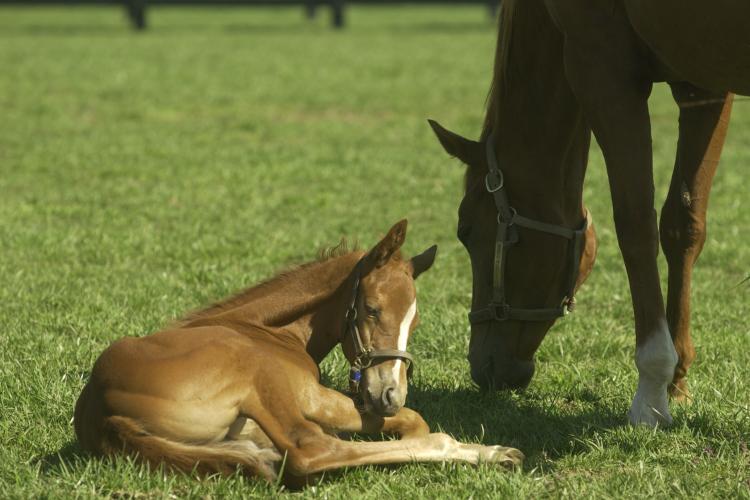
by Holly Wiemers
The 2019-2020 foaling season has seen an increase in reports of Nocardioform placentitis, both in cases submitted to the University of Kentucky’s Veterinary Diagnostic Laboratory and in reports from equine practitioners in the field. Nocardioform placentitis is an equine placental disease affecting pregnant mares and their foals during pregnancy.
UK’s VDL provides real-time surveillance of this and other livestock diseases and has been sending reports updating practitioners and farms about what is being seen since positive tissue samples started appearing in late October.
Additionally, the Gluck Equine Research Center announced at its foundation board meeting Feb. 6 that it was activating Koller Emergency Response Funds to immediately augment existing research efforts and launch new projects to study the disease while it is occurring, with an aim of understanding the disease better.
Currently, early identification of the disease is a challenge, making it difficult to identify at-risk mares and treat them proactively.

by Andrea Monsarrat Waldo
Here are a few common mismatches that I see (or have experienced myself) between horses and riders. Some feel like you’ve been accidentally miscast in a romantic comedy, while others are worthy of full horror-flick status. See if any of these feel vaguely, or not-so-vaguely, familiar.
He’s Green—and so Are You
You have just started riding in the last couple of years, or you’ve taken it up again recently after riding a little bit in your childhood. You looked at a couple of schoolmaster types, but they were all older and needed a fair amount of maintenance. And they were, well, kind of plain. You found a gorgeous three-year-old that was as sweet as could be, and the seller said it was the easiest youngster she had ever worked with. You don’t have the opportunity to take regular lessons, but you do ride in an occasional clinic, so you figured you could get some guidance there if you got stuck.
Unfortunately, though, it’s not progressing as smoothly as you thought it would. The horse has started getting really pushy on the ground, and you’re having a hard time controlling him under saddle. He has started to test you with misbehaviors here and there, and you’re worried, because they seem to be escalating in their intensity.
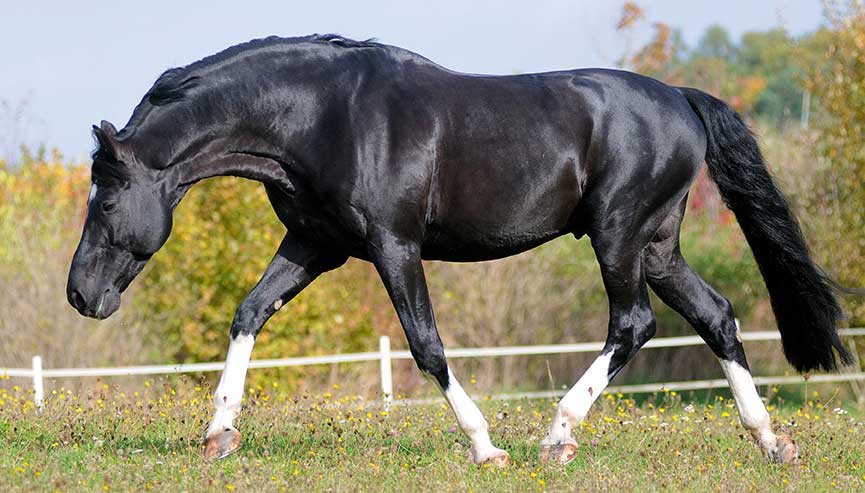
by Christoph Hess
Correctly stretching a horse is one of the most significant elements of training. Having said that, only a horse that is engaged from behind and stepping up actively is going to be able to adapt a correct long and low position. There are ways that a rider can support this process.
The “long and low” stretch is a significant factor in the training of every young horse—regardless of use or discipline…. It should be a matter of course that the rider should always have the stretching of her horse in mind as a primary goal.
Horses Want to Stretch
By observing horses in nature, we can see that they regularly move rhythmically, with true relaxation, and that they accomplish this by stretching their necks to maintain good balance. The image of a horse moving this way, completely free, is something we should never forget. We should ask ourselves much more frequently: what does this imply in terms of training our horses? The answer can only be this: horses want—inherently want—to move with a stretched neck, as this is the only position that makes sense biomechanically and economically. Last but not least, this position enables movement.

by Samantha Armbruster
It’s easy to be overly hard on yourself when you live and breathe in the subjective horse industry. When as little as half of a point can separate first and second place, riders are left wondering what could have been if they only could have done something just a little different. Beating yourself up over past rides or performances is not going to prolong your future or change anything. However, we can all take lessons on how to be a little kinder to ourselves along the way. Staying positive throughout it all can make a huge difference. Here are ten things to keep in mind when attempting to not be so hard on yourself.
1. Your Mistakes Are Made For Learning
No one is perfect every time out, one hundred percent of the time. Even the top professionals make mistakes every now and then, but what we do with those mishaps can either make us into better riders, or they can leave us upset and angry. Reflection is a powerful tool that can be used to learn from past mistakes. Every mistake that has been made can be used as a guide in the future. Win or lose, you can always learn and improve the next time out.
Read more: Don’t Be So Hard On Yourself; 10 Ways to Stay Positive About Showing
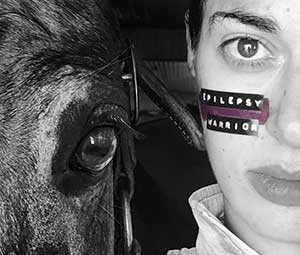
by Channing Seideman
An epilepsy diagnosis and risk of seizures while horseback riding doesn’t mean your equestrian days are over.
When people learn that I have epilepsy and ride horses, I typically hear: “Are you kidding? Isn’t that dangerous?” And it can be, unless you take the proper precautions (like wearing a Hit Air inflatable vest) to set yourself up for success.
Epilepsy is an individualized condition, and symptoms manifest themselves differently for everyone. Though epilepsy increases the chances of getting hurt while riding, because of the risk of having a seizure, there are steps you can take to mitigate that risk:
- Partner with a suitable horse
- Use proper safety equipment
- Find a supportive barn
Bottom line: you CAN ride horses with epilepsy, which I know from experience.
Read more: 3 Tips for Horse Riding With Epilepsy (and Confidence)
- Physical Signs of Damage Caused by Ill-Fitting Saddles
- Conception Failure in Mares: Seven Causes
- Horses Blink Less, Twitch Eyelids More When Stressed, U of G Researchers Find
- Maintain Your Horse’s Safety This New Year's Eve
- Caring for “Winter Woolies”
- Equestrian Programs Benefit Veterans
- New Allergens Associated with Severe Equine Asthma
- Testing a New Therapy for Horses Struggling to Breathe
- Minerals and the EMS Equine
- Straight From the Horse’s Mouth: Equine Dentistry Basics
- Nutrition for the Pregnant Mare
- Monty Roberts: I Don’t Want My Students to Be As Good As Me
- How to Choose the Right Farrier for Your Horse
- What Horses Like
- 3 Ways to Learn to Ride Better - An Excerpt from Two Brains, One Aim
- Older Horses Need Supplemental Vitamin C
- The Resistance – Equine Parasites Rise Up
- Laminitis: A Year-Round Concern
- Quality Care for Tendons and Ligaments
- Feeding Flaxseeds: Do you have all the facts?






